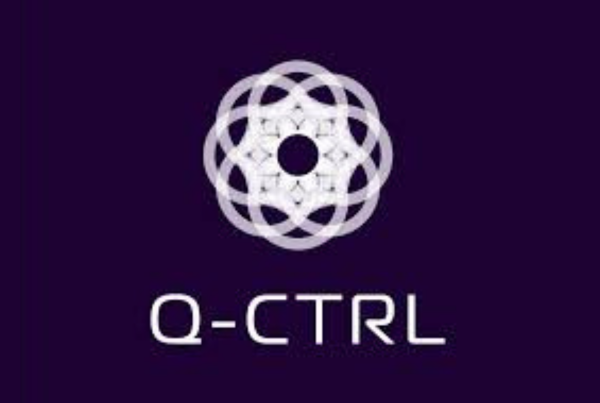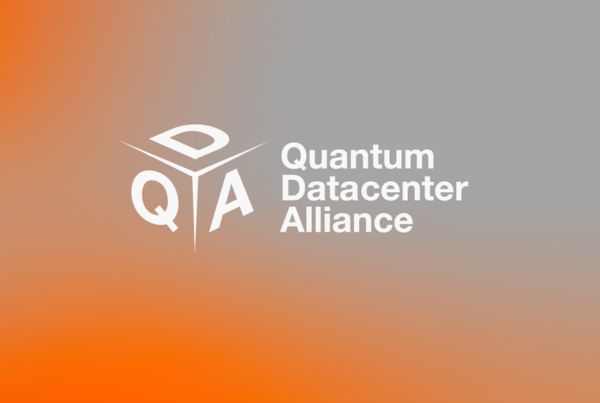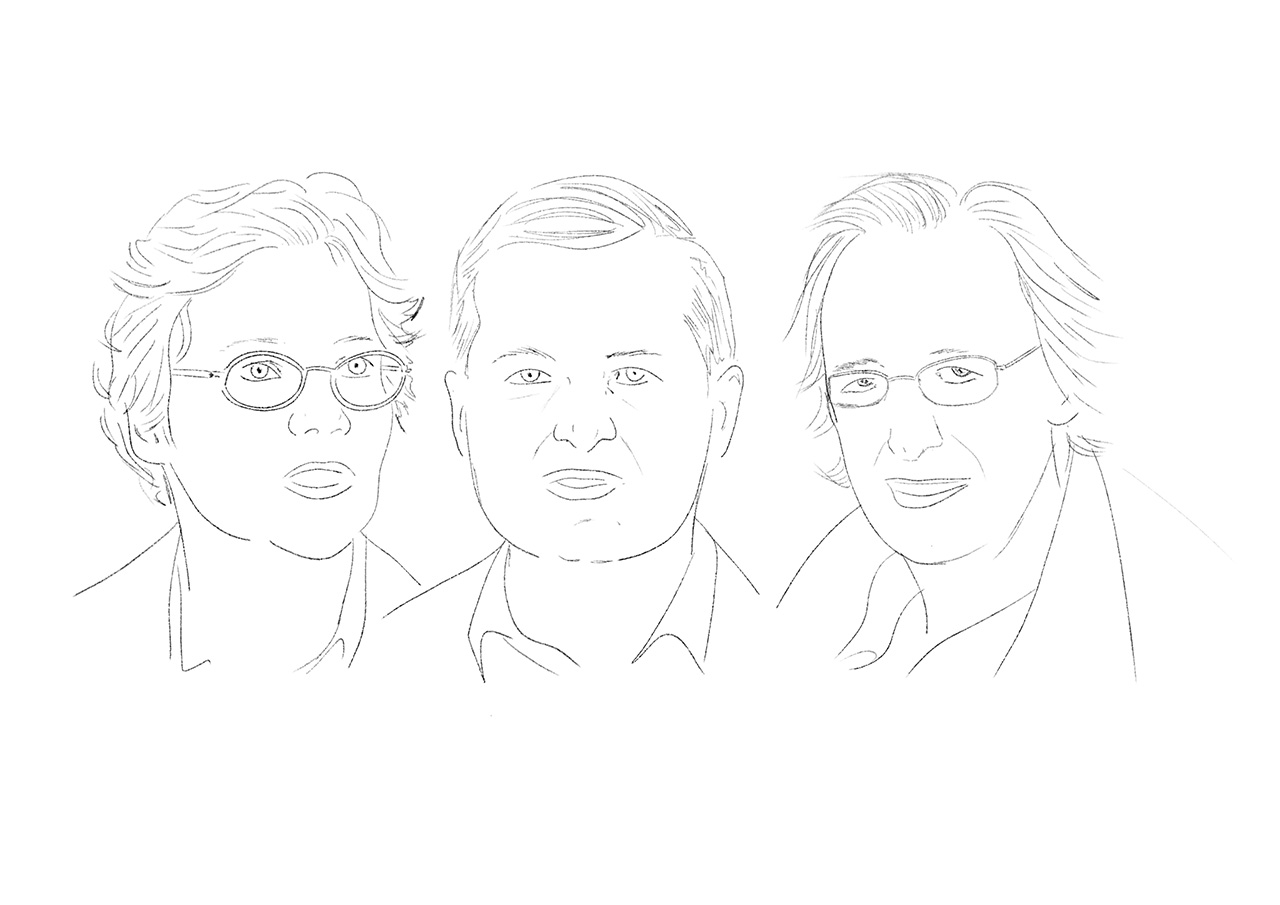
QUICKBITS
Wait an attosecond…
An attosecond – this is short! We at OQC are more familiar with nanoseconds when it comes to short control pulses (for goodness sake, not coherence). An attosecond is 10-18 of a second, whereas a nanosecond is a billion times longer than that, 10-9 of a second. In other words, an attosecond is a “nanosecond” in the world of nanoseconds.

Boris Shteynas
QUANTUM ENGINEER
Boris is a quantum engineer working in our Quantum Research and Development team. Boris completed his PhD in the Ketterle group at MIT in 2019. After earning his PhD Boris decided to warm his experiments up from nano-Kelvin to milli-Kelvin temperatures and switch from cold atoms to “artificial” atoms – superconducting qubits.
Building a quantum computer requires expertise in so many areas, and as such, people of different backgrounds and with different types of expertise work at OQC. Not everyone is a physicist, but we all are driven by our excitement about the frontiers of science and technology. The week when the Nobel Prize in Physics was announced was the perfect time for us all to learn about the great things the laureates and the entire scientific community have achieved.
The 2023 Prize in Physics was shared by P. Agostini, A. L’Huillier and F. Krausz “for experimental methods that generate attosecond pulses of light for the study of electron dynamics in matter”. If you are not a physicist, but the announcement sounds exciting to you – that’s great! If you are a physicist who’s inquisitive about another field which is a bit far from your own research – that’s great too! Here’s a short take-home message about what the prize has been awarded for this year.
An attosecond – this is short! We at OQC are more familiar with nanoseconds when it comes to short control pulses (for goodness sake, not coherence). An attosecond is 10-18 of a second, whereas a nanosecond is a billion times longer than that, 10-9 of a second. In other words, an attosecond is a “nanosecond” in the world of nanoseconds.
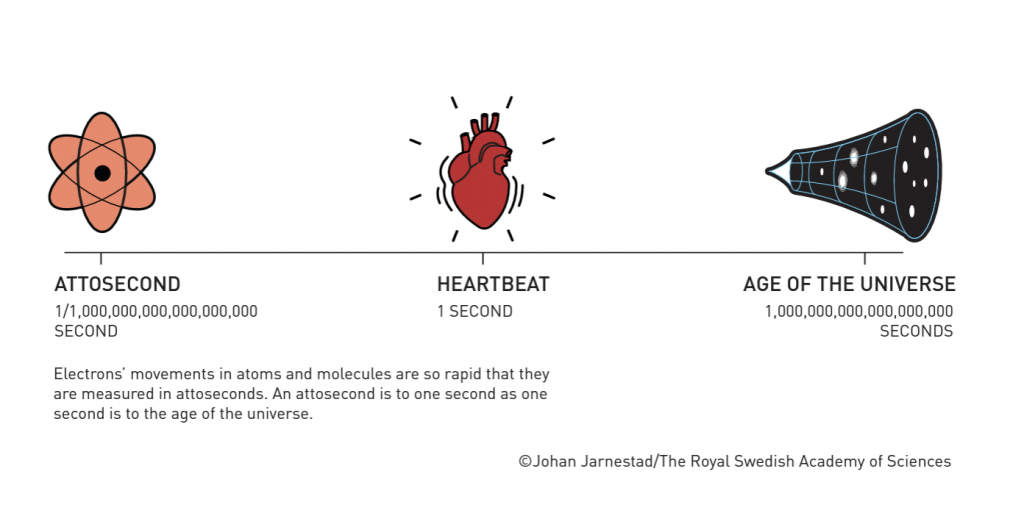
What can happen on such a short timescale?
The units suitable for measuring the size of atoms is Angstroms, which is 10-10 m. If we divide this scale of length by the speed of light 300 000 km/s we would get in the range of attoseconds! This is how long it takes light to travel through an atom. For comparison, during 30 nanoseconds, which is roughly how long it takes to do a gate on a superconducting qubit, light would travel 10 meters.
How to generate these extremely short pulses?
Here’s the main idea. Fourier analysis tells us that you can create a shape of the pulse you want from a combination of many waves at multiple frequencies. The more frequencies you have, the more accurate the resulting shape is going to be. By controlling the relative phases and amplitudes of those waves, you can build an extremely narrow bump on top of the almost flat line, like in the figure below (ref. 1).
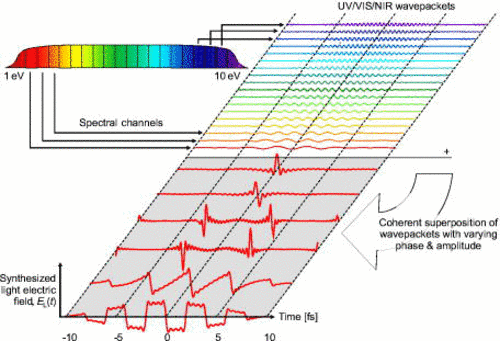
A similar approach of phase matching of multiple waves led to another Nobel Prize in 2018 for ultrahigh-power laser pulses (G. Mourou, D. Strickland).
To do this High Harmonic Generation of many waves, one needs to illuminate, for instance, a cloud of atoms with a powerful laser. The electrons are driven by a strong field of the laser. They are stripped and pulled away from their parenting atom, which turns into an ion, but then return back to the orbital. The return of the electrons is accompanied by the emission of photons that dress the carrier light with high harmonics.
What can you do once the attosecond pulses are at your disposal?
For example, you now have an incredibly sharp instrument to study electron clouds in atoms and molecules. It is peculiar that electron clouds are needed to generate the attosecond pulses, but then you can use the attosecond pulses to study the electrons.
A very interesting phenomenon that was observed thanks to the attosecond pulses is the delayed photoemission. Known for more than a hundred years, the photoelectric effect was studied again with incredible precision. It is no secret that when a metal is illuminated by light, its electrons can be liberated and ejected out of the atoms. It was believed that this emission happens instantaneously. However, the experiment with attosecond pulses in 2010 (ref. 2) showed a 21 attosecond delay in the emission of electrons from 2s and 2p orbitals. Einstein would love seeing the effect that he received his Nobel Prize for in 1921 is still an exciting scientific topic now!
Join our newsletter for more articles like this
By clicking ‘sign up’ you’re confirming that you agree with our Terms & Conditions

